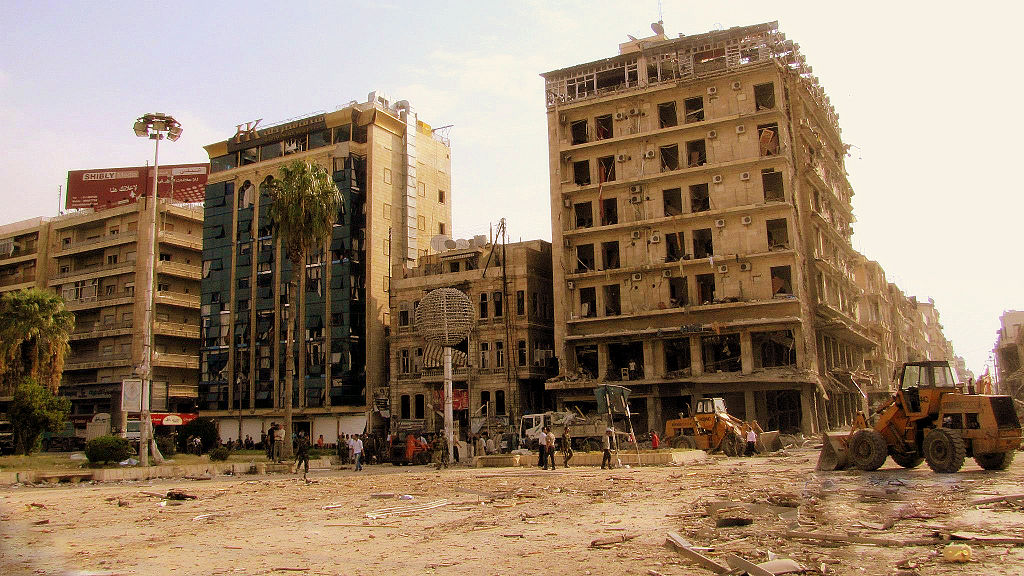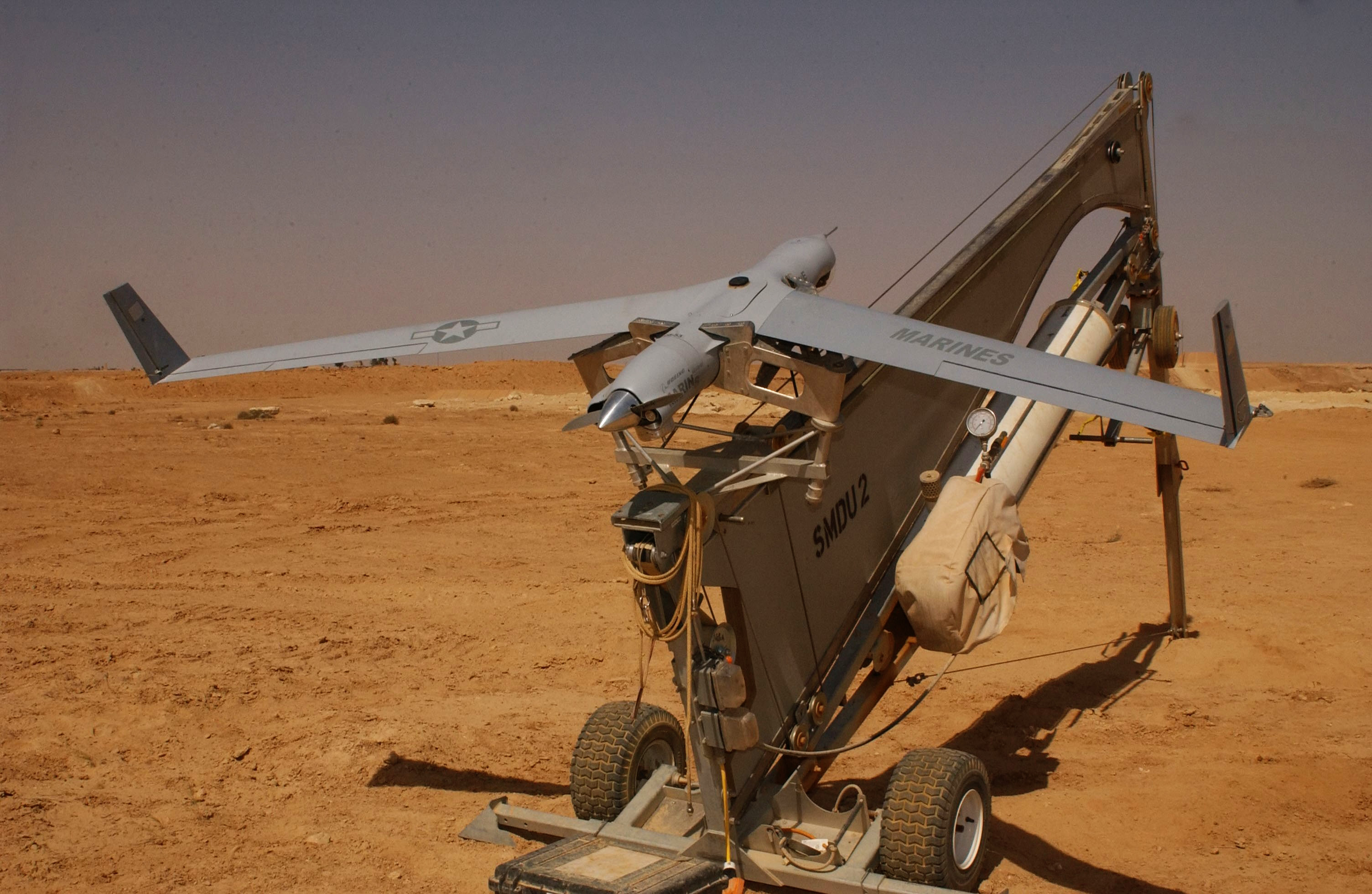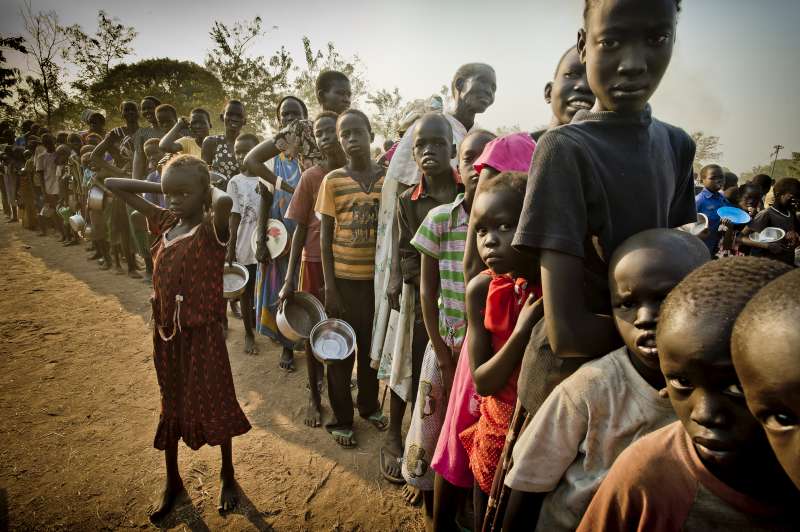Since Russia’s invasion of Ukraine on February 24, 2022, the two countries have been embroiled in Europe’s largest conventional conflict since World War II, suffering thousands of civilian and military casualties. Since the war began, Ukraine has received substantial aid from NATO and EU members, with EU commitments exceeding $126 billion as of April 30, 2024.
In April 2024, the U.S. Congress also approved $60.2 billion in military aid for Ukraine. This aid package included $20 billion to replenish the U.S. Defense Department’s stockpiles, $14 billion for Ukraine to purchase equipment from U.S. firms, and $15 billion for military training, intelligence sharing, and an enhanced U.S. presence in Eastern Europe.
Without the support of Allied states, Russia likely would have overwhelmed Ukraine’s forces, given that they face a great power. This aid, while crucial for Ukraine’s defence, is being used by Putin as a rationale to threaten the West with the use of nuclear weapons. Moscow has responded by shifting its nuclear stance, a concerning development. On September 25, 2024, Putin declared that “aggression against Russia by a non-nuclear state, supported by a nuclear power, would be considered a joint attack.” He emphasized Europe’s vulnerability, given its lack of an early warning system, especially as Ukraine has advanced into Russian territory and seeks approval for long-range Western missiles (an approval granted this week).
This marks a turning point in the war, with global implications. Despite Putin’s nuclear threats, NATO and EU countries are unlikely to abandon Ukraine, as their support is tied to a broader strategy to contain Russian expansion and secure Europe.
The conflict took a new turn recently with reports from South Korean intelligence, later confirmed by U.S. National Security Council spokesperson John Kirby, that North Korea has deployed thousands of troops to support Russia. Unlike the financial, equipment, and training aid Ukraine has received from the West, the involvement of North Korean troops on the ground signals a significant shift toward a broader conflict; this is because sending soldiers as aid represents Pyongyang’s deeper commitment and willingness to support Russia. Now that there is a new boots-on-the-ground factor, this may complicate the dynamics if North Korean forces come under attack. Their reaction would depend on Pyongyang’s acknowledgment of the troops’ presence, given its historical reticence to admit military deployments abroad. However, any acknowledgment could tie North Korea more closely to the conflict, making future attacks on these troops a potential flashpoint.
This development bears striking parallels with the situations leading to World Wars One and Two. Historically, the scale of conflicts expands with the involvement of alliances. In 1914, Germany was an ally of Austria-Hungary, while Russia was an ally of Serbia and France. The assassination of Archduke Franz Ferdinand of Austria-Hungary by Serbian nationalists associated with the Black Hand triggered a chain reaction. Austria-Hungary blamed Serbia and issued a nearly impossible ultimatum, which led to war on July 28, 1914. In response, Russia mobilized to defend Serbia, prompting Germany to declare war on both Russia and France. Germany’s invasion of neutral Belgium then brought Britain into the conflict, escalating it into The Great War.
Skipping forward to the late 1930s, the formation of the Rome-Berlin Axis (1936), the Anti-Comintern Pact and the Pact of Steel (1939) between Germany, Italy, and Japan, linked the military aims of aggressive expansionist states together. Their imperialist policies led to a series of invasions throughout the 1930s. When Germany invaded Poland in September 1939, Britain and France declared war on Germany based on a mutual defence agreement with both countries pledging to protect Polish sovereignty. This laid the foundation for the onset of World War II, between the Allied nations (primarily led by Britain and France, together with the United States and the Soviet Union joining later) and the Axis Powers (Germany, Italy, and Japan). Now we see similar alignments: Ukraine, supported by NATO and the EU (including nuclear states), and Russia, backed by North Korea and Iran, the former also a nuclear power. If NATO and the EU were to pull back support, it might echo the failed appeasement strategies of the 1930s, which allowed Nazi Germany’s unchecked expansion, posing a renewed threat to Europe’s security.
The time between World War I and World War II is known as the Interwar Period. It was far from peaceful. The global economic crisis of the Great Depression had devastating effects, contributing to the rise of totalitarian regimes in Germany, Italy, and the Soviet Union. Additionally, imperialist ambitions led to numerous smaller skirmishes between newly formed states. As a result, the interwar period is characterized by a range of tensions, giving rise to the concept of the Second Thirty Years’ War. This theory views the interwar period as not a true peace but a temporary lull in large-scale combat before moving on to the next phase of the conflict.
The interwar period (1918-1939) and the present day share several significant parallels that illuminate current global dynamics. Both eras experienced economic instability; the Great Depression led to widespread hardship, unemployment, and social unrest in the interwar years, mirroring the economic disruptions caused by the 2008 recession and the COVID-19 pandemic. Geopolitical tensions were prevalent in both periods; the League of Nations failed to prevent conflicts and manage disputes, a situation reminiscent of current international organizations like the United Nations struggling to effectively address global issues, such as conflicts in Eastern Europe and the Middle East, and climate change. Recognizing these parallels, it is certainly arguable that we are currently experiencing a modern-day interwar period. With this in mind, it can be argued that North Korea’s involvement in the Russo-Ukraine War could indicate a turning point, potentially marking the end of this interwar phase.
However, a key distinction is that NATO will not tolerate an appeasement policy nearly in the same manner the League of Nations did. It’s essential to remember that Chamberlain’s appeasement policy unintentionally allowed expansionist powers to gain enough strength to start a global conflict. Both Russia and North Korea have been increasingly isolated, leading to severe restrictions on their military and economic capabilities. This partnership underscores their mutual need for resources that they struggle to secure independently. By standing firm, NATO and its partners can quite possibly prevent the situation from spiralling out of control as it did in 1914 and 1939. The imperative is for citizens of the free world to support, and demand of their political representatives, such a deterrent stance.
Photo: “Top view of military jets lined up on a grassy field in Medyn, Russia” (2021). By Alexey Komissarov via Pexels.
Disclaimer: Any views or opinions expressed in articles are solely those of the authors and do not necessarily represent the views of the NATO Association of Canada.




